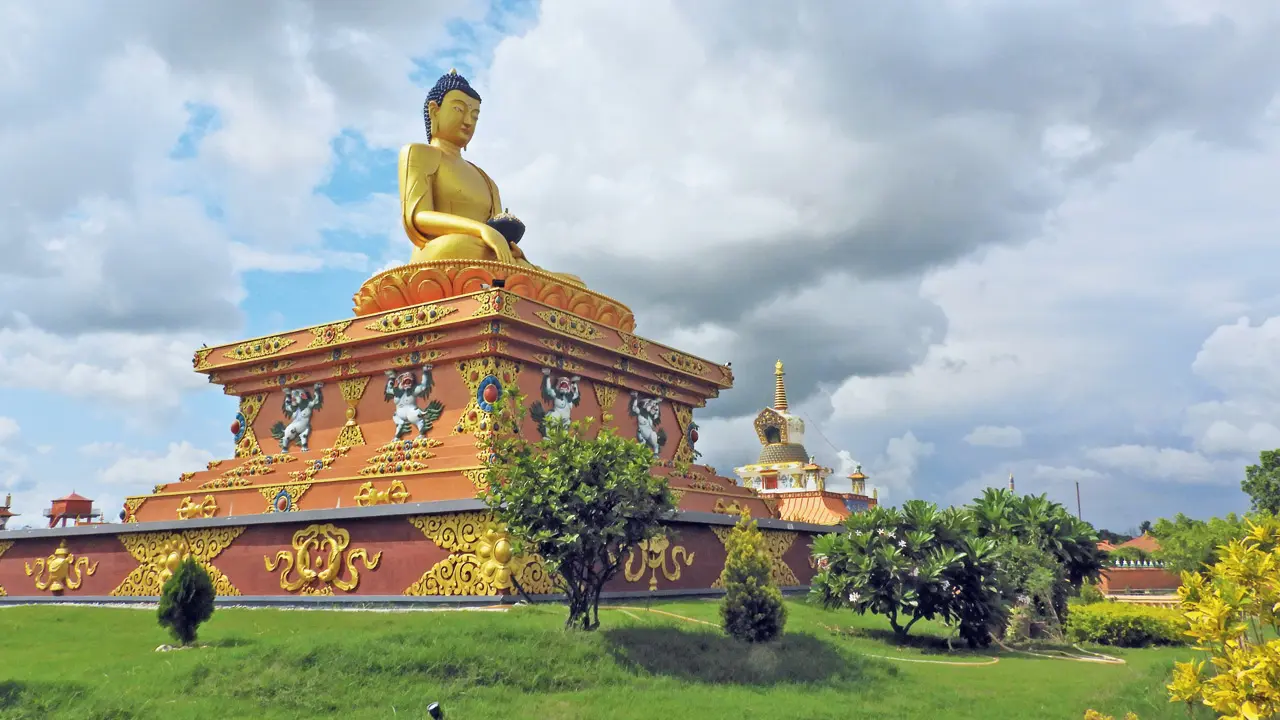
In the quiet lanes off Kemps Corner, now at the beating heart of the city, once lay a studio looking to reshape ideas about India’s approach to art. “The Vitrum Studio was initiated in 1957 by Simon and Hanna Lifschutz, a Jewish couple escaping Poland during World War II. There were very few spaces for art and art galleries in the city at the time, and they employed emerging artists in the city, several of them graduates from the Sir JJ School of Art,” shares Puja Vaish, curator, Jehangir Nicholson Art Foundation. The gallery is currently hosting the exhibition, A Glazed History: Badri Narayan and the Vitrum Studio, that opened on June 14.
Badri Narayan, untitled, ca 1960s – 70s, mosaic floor lamp
Established by the Lifschutzes, the studio was the offshoot of their industrial glassmaking enterprise. Badri Narayan, who signed on with the studio as their first, and chief artist, was part of a stable that included KK Hebbar, FN Souza, KH Ara, B Prabha, B Vitthal to name a few. Artists were offered a chance to experiment with glasswork, mosaics, and ceramic glazes at a time when they were only used for decorative purposes in architecture. “The studio’s ethos straddled art and design. The works were used as affordable art and decor objects — lamps, table tops and murals among others,” reveals Vaish.
Verso of a ceramic tile
The exhibition includes photos and writings on public art of the time, photographs of lost and existing murals, illustrated books, and an early documentary film on the studio and the glass factor in Vikhroli commissioned by the Lifschutzes, as well as an archival section of Narayan’s writings on public murals among others. “By recovering overlooked chapters, the exhibition demonstrates the importance of expanding the canon of Indian Art beyond established narratives,” Vaish concludes.














